
Nick Abbot 10pm - 1am
8 April 2024, 11:25
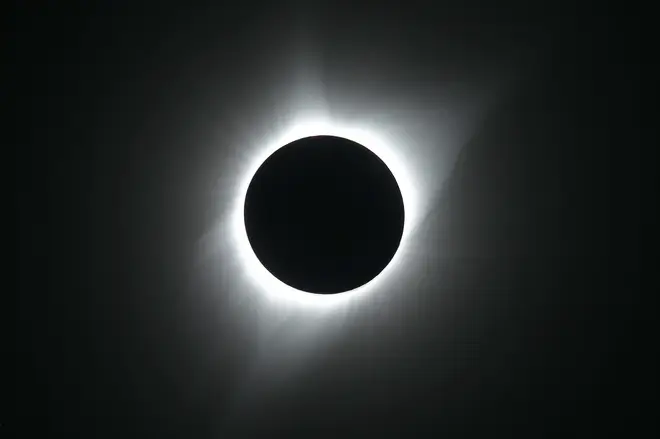
A total solar eclipse will take place on Monday night - giving millions a chance to see an extraordinary spectacle.
A total eclipse - the perfect alignment of the sun, the Earth and the moon - will mean people in much of North America will be temporarily plunged into darkness.
People in the UK aren't quite as lucky, although people in parts of the country will be able to observe a partial eclipse.
Here we look at where you can see it - and why a total solar eclipse is so special.
Read more: Passengers terrified after metal cover ‘rips off’ Boeing 737 engine during take-off
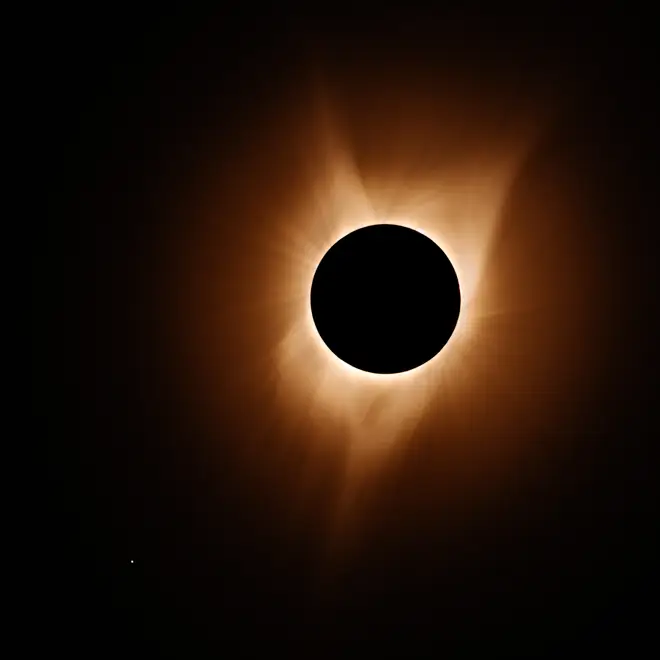
A solar eclipse is when the moon comes between the sun and the Earth passes. In a total eclipse, the moon casts a shadow on the earth that fully blocks light from the sun. In a partial eclipse, it blocks some of the light.
A total eclipse is quite rare - once every 18 months - because the orbit of the moon is not exactly the same as the sun and the earth.
A partial eclipse usually takes place between two and five times a year.
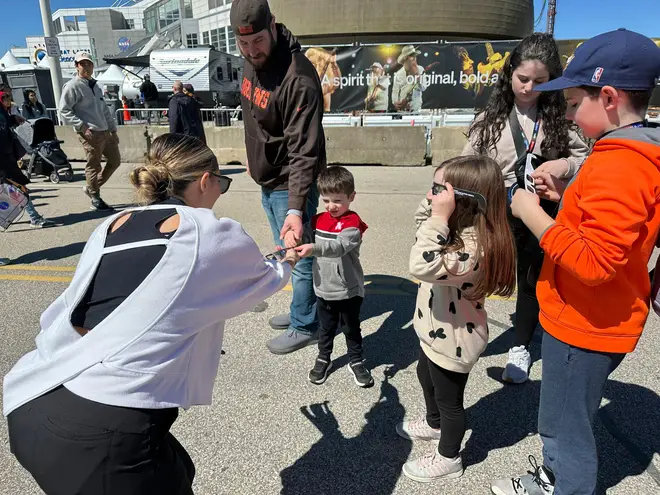
People living in the north and west of the UK may be able to see some of the effects of the eclipse on Monday evening.
Stornoway in northern Scotland will have about 34% the light from the sun obscured by the moon from about 7.53pm-8.23pm.
In Belfast, there should be 28% coverage from about 7.55pm-8.14pm.
In Glasgow, 12% of sunlight should be obscured at about 8pm.
Edinburgh will have obscuration of 6%, while Liverpool will have a maximum of 3% between 7.55pm and 8pm.
Parts of Ireland will have a better chance of seeing the eclipse, with people in Belmullet on the west coast in with a chance of seeing 44% of sunlight obscured.
But cloudy weather could make the eclipse even less visible.
And the eclipse will not be at all visible from London.
Dr Edward Bloomer, senior astronomer at the Royal Observatory Greenwich, said: "I'm afraid the South and the East are out of luck this time around.
"We won't ourselves get to see anything from the observatory, which we're a bit sad about."

Rare eclipse occurs over Australia and Asia
The next total solar eclipse that Brits can see will be in 2090 in the south-west. In 2081, there will be one visible from the Channel Islands.
A partial eclipse in 2026 will be visible from 90% of the UK.
The most recent total eclipse that was meant to be visible from the UK was in 1999, but it was largely obscured by clouds.

People in the US, Mexico and Canada will be treated to the best views of the total solar eclipse.
Around 31 million people are thought to live directly under the 'totality path' of the eclipse, and many more have travelled to catch a glimpse.
People on Mexico's Pacific coast will be the first to see the eclipse, at around 11.07 PDT (20.07 UK time).
It will then pass over into the US in Texas, and travel via Oklahoma, Arkansas, Missouri, Illinois, Kentucky, Indiana, Ohio, Pennsylvania, New York, Vermont, New Hampshire, and Maine on the north-east coast of the US. Small parts of Tennessee and Michigan will also get a good view.
People in Canada will then be under the totality path, in Southern Ontario, Quebec, New Brunswick, Prince Edward Island, and Cape Breto.
The last sighting of the total eclipse will be on the island of Newfoundland.
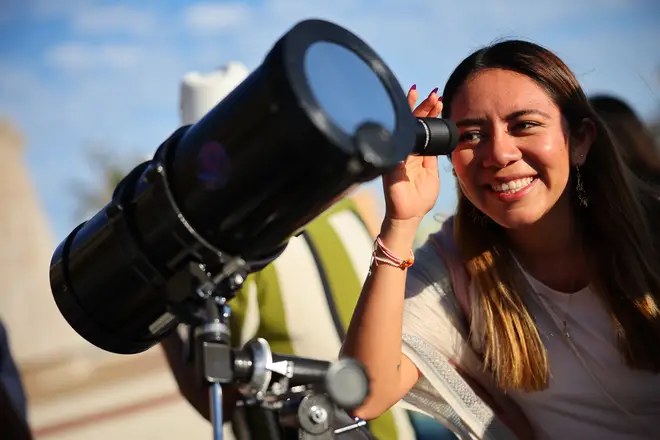
The sky will go dark, as if it is night or dusk. A halo effect will form around the outside of the moon.
If the weather is good, the sun's outer atmosphere will be visible.
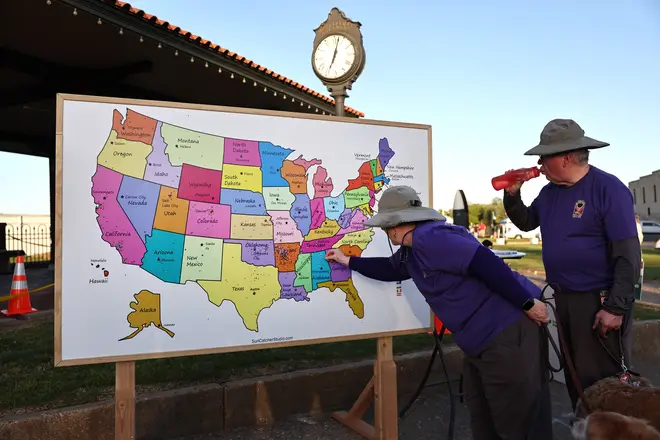
It's only safe to look at the sun directly during the brief period of total eclipse, as the light is entirely blocked.
If you're planning to look at the sun, you should wear special 'eclipse glasses', which provide significantly more protection than sunglasses.
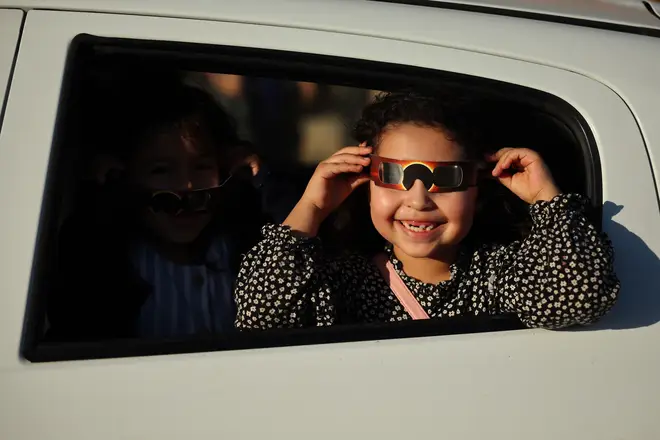
According to the American Astronomical Society, you should check your glasses in the following ways to make sure they're safe: